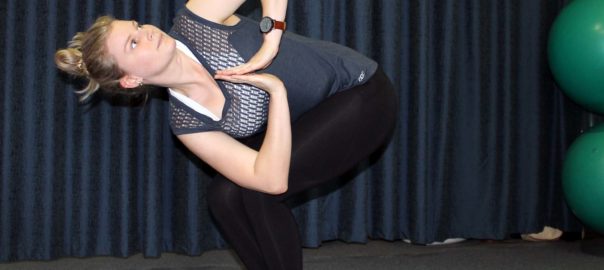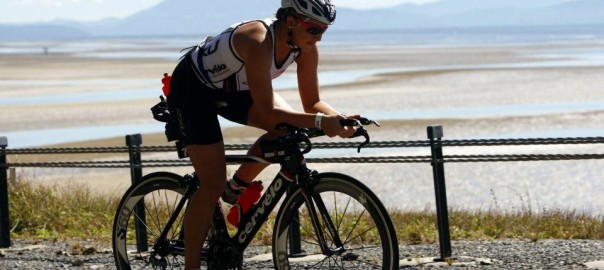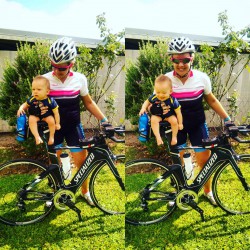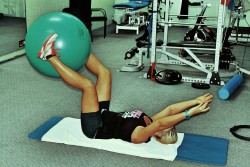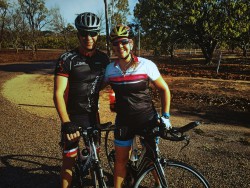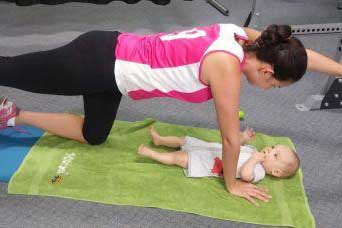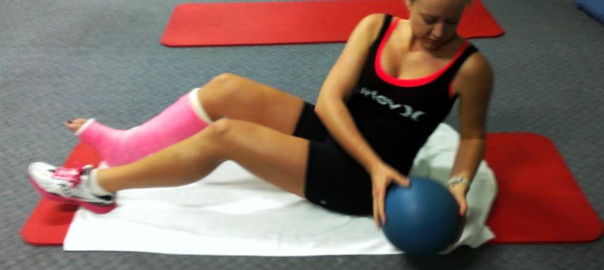In a society where “busy” and “stressed” are the new buzz words and it’s considered abnormal to be “relaxed and well, thanks”, one may say why NOT yoga? We are so busy and stressed now in our lives that it would seem we need a formal class time to allocate towards self-care, mindfulness and relaxation. Yoga is good for that. But so is running, swimming, walking – actually, any form of exercise will get the endorphins flowing and act like a moving kind of meditation if you can find a way to enjoy it. Pilates certainly falls into that category too. Many of my Pilates clients come for relaxation benefits as well as the core work that is on offer. So why are we here at First In Physio embarking on the yoga journey and offering classes at our studio?
The simple answer would be because there is a demand for it. We get asked on a weekly basis if we run Yoga classes, and there are many people in the area who have benefited from Yoga in the past when there have been classes held locally. They can all tell me stories of how it impacted their lives and bodies for the better; I even have one patient who told me she conceived her fourth child because of Yoga! (I’m going to say that’s because of the mental health benefits, not her newfound flexibility…).
The complex answer is because it has changed my life. And knowing the impact it has had on my life, I almost feel a responsibility to bring classes to the area so that others can also reap the benefits.

Those who know me or have followed my journey to attempt to race an Ironman triathlon a year after having my baby boy Jude, would know that the shit hit the fan in a spectacular manor a couple of weeks out from race day when I got glandular fever. That was in February of this year, and for 6 months afterwards I was allowed to do very minimal training of the type I like most – high intensity and/or long swim, bike and running sessions. In order to recoup my body (and mind), I was allowed to do only gentle exercise with a low heart rate and low stress on the body. Those who know me would also vouch for the fact that I am extremely “Type A” and would probably hit the top 3 on their “least likely to meditate….or relax at all for that matter” list. So I wasn’t a likely yogi. But desperate times and all that….
Enter Yoga.
I signed up to online yoga classes and spent most early mornings when I would normally be out pounding the pavement, instead “rolling around on the floor” as my husband would say watching the sun come up out on our deck. Twisting my repairing body into positions of flexibility it hasn’t been into since my dancing days, getting stronger through my core in ways that are unique to Yoga, and calming my breathing and mind into a state of pure relaxation and acceptance in the mediation component (aaahhhh Savasana).
I have always maintained that “running is my therapy”, and indeed I would still argue that. I have never in my life come across anything that offers even close to those benefits for me – that makes me feel as calm, happy and relaxed as running does. But Yoga, well, it comes pretty damn close.
So that’s my “Why Yoga”. But what can you get out of yoga?
Well there’s pregnancy, according to my patient, so there’s that. Then there’s the improved flexibility, especially for males. We treat so many males who have a physical job like building or plumbing and struggle as they lose flexibility and fitness over time. Often we end up treating them for back injuries in their 30’s because the demands of their work life are outweighing their core strength and stability. Engaging in a regular yoga practice can help to prevent or treat their issues, essentially allowing them to extend their healthy work life which is a priceless benefit if that job is the only one they plan on doing in this lifetime. Yoga is also popular with male and female athletes alike, for good reason – often the “10 percenters” like stretching, massage, and core work get pushed to last on the priority list and as a result often niggles start to creep into the picture. Weekly yoga gives you an hour of benefits for your body and “brownie points” with your coach (and Physio…). I actually can’t think of anyone who wouldn’t benefit from the physical benefits of yoga, and the practice is such that any age, gender and ability is able to do it – it’s designed to be your practice, and there are so many variations that you will always be able to find a level that suits you. The whole essence of yoga lies in non-competition – it is not about being “the best” or “the most flexible”, it’s about staying on your mat and focusing inwards on yourself, treating yourself with compassion.
The real magic though lies in the mental health benefits. Yoga has been around for centuries and practiced worldwide, so it’s no surprise that there is a plethora of research available to prove what Yogi’s have known since its inception: yoga actually makes you smarter (1), makes you sleep better (2), improves depression symptoms, lowers cortisol (our stress hormone), and makes you happier (3). A consistent yoga practice can lead to a highly improved outlook on life through better sleep, improved mood and the ability to be more compassionate towards yourself, your family and people in general. Not to mention that you get to live in a body that moves well, because of the physical asanas of yoga: Win-Win.

So it sounds too good to be true, right? I’ve been blessed through this journey to meet and be taught by some seriously enlightened Yogis, and I must say they are some of the most amazing humans I have ever come across. I am only at the start of my personal Yoga journey, and I’m so excited to be able to teach the practice of Yoga to those who choose to come along for the ride. If you’ve always been curious about Yoga, or even if you have no idea about it but you struggle with body aches and pains, or poor sleep, or stress…..the list goes on….. then why not give it a try? You’ve got absolutely nothing to lose. Our classes will be aimed at the beginner to intermediate level, and every single body is welcome – old or young, Ironman or couch potato, man or child.
If you are interested in joining our yoga classes, please give our friendly receptionists a call on 4783 7284. We have early morning, lunchtime and evening classes on offer.
Namaste.
Kristy
B.Appl.Sc(HMS) Hons; M.PHTY
Principal Physiotherapist, First In Physio.

Kristy is the co-owner of First In Physio along with her husband Patrick, who is also a Physiotherapist. When not at work or spending time with her baby boy, Kristy can be found in the pool or out on the roads training for long course triathlons, traveling around the countryside to races with her family or doing Yoga.
1. In a recent study aptly titled, Neuroprotective Effects of Yoga Practice, the brains of experienced yoga practitioners were compared to those of non-practitioners with similar health profiles. Using magnetic resonance imaging (MRI), researchers at The National Center for Complementary and Integrative Health were able to identify regions of activity and growth. As a result, this study found that a regular practice combining breath awareness, physical postures and meditation can increase the volume of gray matter (brain tissue) in different parts of the brain, effectively reducing the naturally occurring, age-related decline of brain cells. With most of the observed gray matter volume changes having occurred in the left-side of the brain, the implication is that yoga shifts the automatic response of the practitioner from fight-or-flight (right-brain, sympathetic nervous system activation resulting in acute physical stress) to rest-and-digest (left-brain, parasympathetic nervous system activation promoting calm and relaxation)
2. K. M. Mustian, O. Palesh, L. Sprod, L. J. Effect of YOCAS yoga on sleep, fatigue, and quality of life: A URCC CCOP randomized, controlled clinical trial among 410 cancer survivors. Journal of Clinical Oncology, 2010 ASCO Annual Meeting Abstracts. Vol 28, No 15_suppl (May 20 Supplement), 2010: 9013
3. Woodyard C. Exploring the therapeutic effects of yoga and its ability to increase quality of life. Int J Yoga 2011;4:49-54

